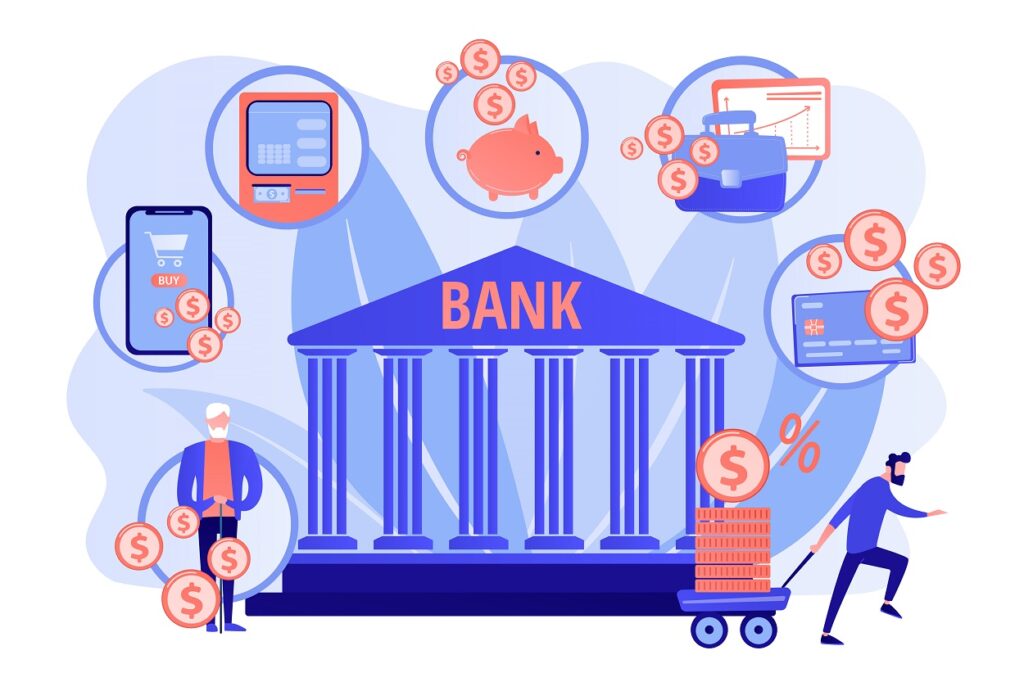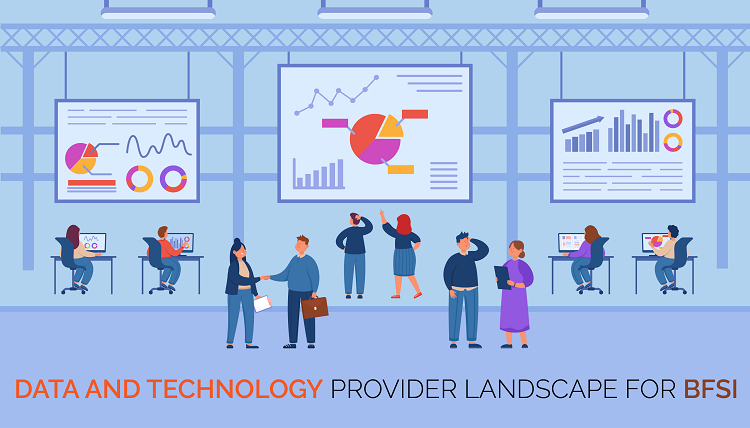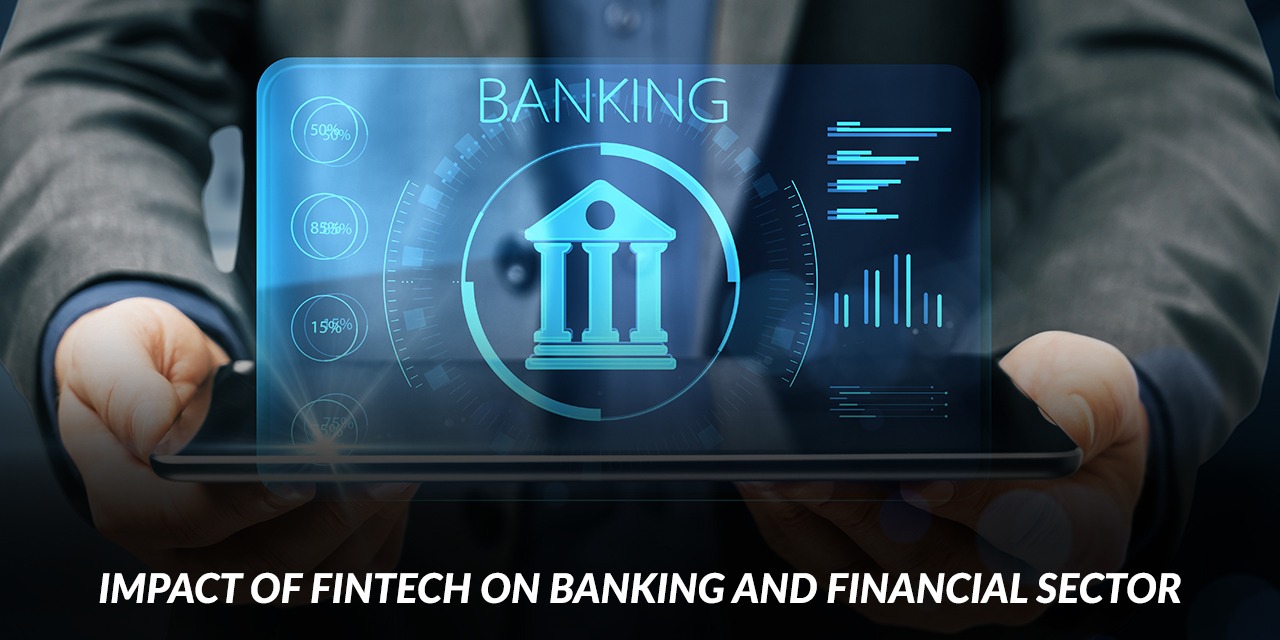The dramatic change in the IT landscape for the banking and financial services industry can be attributed to the ever-changing demands and expectations of customers, together with the emerging tech trends in digital transformation and business process management. Even though these factors are the driving force behind various revolutionized digital innovations across many industries, the change in the BFSI industry is profound. The present generation may not understand the turmoil their fathers and uncles faced with banks and other financial services in the past. Most financial transactions would at least take 5 – 7 days and are done at a snail’s pace because of various traditional practices that are rooted in the system. And then came the digital revolution! Let’s take a look at how the digital revolution changed the face of the IT landscape for the banking and financial sector.
A peek into the past
Transformation in any business is natural and gradual. The banking system which originated in the 17th century is perhaps one of the oldest financial services business sectors in the world. The advancements in various fields like telecommunications and computing caused major changes in the business process management of the financial services industry and have helped it increase its size spread across the globe. But as the financial industries mostly stuck to their tried and trusted business operational models, they couldn’t pass on the convenience of doing business the technology has provided to their customers. Depositing and withdrawing your money was both a tedious and time-consuming process way back then. The same goes for other financial services. Several transactions like buying and selling shares in capital markets, and buying and claiming insurance used to take several days. The technology was mostly used by the financial services industry to spread its presence geographically then. It was only towards the end of the millennium that BFSI started using the then-available technology to overhaul its business process management by shedding its age-old, time-consuming processes with renewed and fast-paced ones in all its operations. The early years of the new millennium have seen many advancements in the BFSI sector. Most of the transactions in the BFSI have now become easier, more convenient, and also time-saving. So far, the evolution of digital transformation in BFSI is slow and natural. The best is yet to come.
The birth of Fintechs
Digital disruption is a technological breakthrough that results in a complete shift of fundamental expectations and normal behavior in any sector by bringing in wholesome, improved, sophisticated methods of conducting business which was unforeseen till then.

Financial institutions worldwide suffered severe damage and crumbled during the global financial crisis in 2007-2008. The turnaround began early in 2009 and a plethora of disruptive technologies have helped the BFSI sector not only rebuild itself but also made the sector take giant strides by making way for the new, improved provision of services in the sector, most of which are customer-centric.
The tsunami of digital disruption in the financial sector has also paved the way for the birth of new players called FinTech companies to emerge and pose stiff competition to traditional players and forced them to follow the suit of embracing new technological innovations like cloud and infra management. Many financial services like retail banking are no longer branch-based but can be conducted not only across various branches but also using various devices like laptops or mobile phones. Now, customers have the power to carry out their financial transactions anywhere, anytime without human intervention!
FinTech companies were first started as banking and financial technology providers, meaning these tech companies used to provide back-end solutions to the BFSI sector. They quickly turned into independent financial companies and have become popular by offering various innovative financial products that are consumer-based, easy to use, safe, and hassle-free. Now, FinTech has become an umbrella term that is used in the BFSI sector that encompasses several new financial applications ranging from mobile payments to trading in capital markets, mutual funds, currency exchange, personal finance, and insurance. Not lagging behind, big companies like Apple, Amazon, and Google have also joined the financial services sector market by utilizing various new norms and relaxations in regulations by the governments. These FinTech and BigTech companies, most of them by virtue of also being tech giants, have changed the face of the IT landscape for the banking and financial sector by using multiple emerging technologies.
Data-driven BFSI
The huge customer data at the disposal of BFSI is now being used by various banking and financial technology providers by making use of various disruptive technologies at their disposal. Let’s see two of the best disruptive technologies used on data in the business process management of the BFSI sector.

Artificial Intelligence
Artificial Intelligence can be used on the data available in BFSI for various purposes. AI can be used by wealth management companies for analysis and investment patterns for their customers.
Advanced AI algorithms can be used to predict various accurate and best investment opportunities for clients by analyzing billions of data points and identifying trends that would be impossible for humans.
AI can also be used for predictive analysis for providing loans to its customers by various financial services companies. Predictive analysis using artificial intelligence can provide various insights into customer behavior thereby automating loan processing and insurance underwritings without human intervention.
AI can also be used in detecting fraudulent and suspicious online transactions, enhancing customer experience through chatbots, and can be used in various processes across the BFSI sector for efficient decision-making.
Robotics
Robotic Process Automation, RPA has streamlined various back-end processes in various industries and especially in the data-driven BFSI sector, where there are humongous volumes of data to be processed.

For operational efficiency, several banks and other financial services companies are adopting RPA, replacing tedious and repetitive manual tasks which are prone to errors. The RPA process minimizes the time taken to process huge data when compared to the same task done by humans. BFSI is using Robotics in various processes like customer service, compliance, account opening & closing, general ledger, and KYC maintenance. The application of robotics not only results in efficient, error-free data handling but also significantly reduces human involvement thereby reducing human resource costs.
These emerging, evolving, and disruptive technologies are playing a crucial role in many industrial sectors, but their impact, especially in the data-driven BFSI sector where the data is unsurmountable by humans, is very significant.

Cloud and Infra Management in BFSI
The BFSI sector was initially a little reluctant to adopt cloud and infra management owing to various concerns on regulatory compliance, data privacy, and security issues, it quickly realized that unless they modernize the traditional applications, on-premises infrastructure, outdated operating procedures, and legacy systems, they will not be able to compete with modern, tech-savvy players in the BFSI field.
Most banking and financial technology providers also provide various cloud and infra management services that can greatly enhance the efficiency of financial services companies.
The first and foremost benefit of using cloud and infra management services is the reduction in overall cost. When compared to the on-premise hosting of a server and other applications to the pay-as-you-use cloud model where you pay only for the time you use the services, moving data and cloud onto a suitable cloud would be much cheaper.
The second benefit of using cloud services would be a better customer experience as financial companies can now provide anytime, anywhere access to all their services.
Enhanced security is another important benefit of going for cloud services by BFSI as it offers multi-level security and is better security than on-premise security.
Cloud platforms are equipped with faster processing capabilities and can handle large amounts of data easily which is another reason for BFSI to go for cloud services. Also, cloud and infra management platforms are capable of scaling up and down when needed giving the financial companies the much-needed flexibility without worrying to spend money on infrastructure.
The above is the IT landscape for the banking and financial sector industries, in broad strokes. Broad strokes because BFSI is still on the cusp of embracing most of the emerging and evolving technologies that will add finer strokes to the landscape when fully adopted.




Warning: sprintf(): Too few arguments in /home/fak4qnim6k81/public_html/wp-content/themes/litho/comments.php on line 180